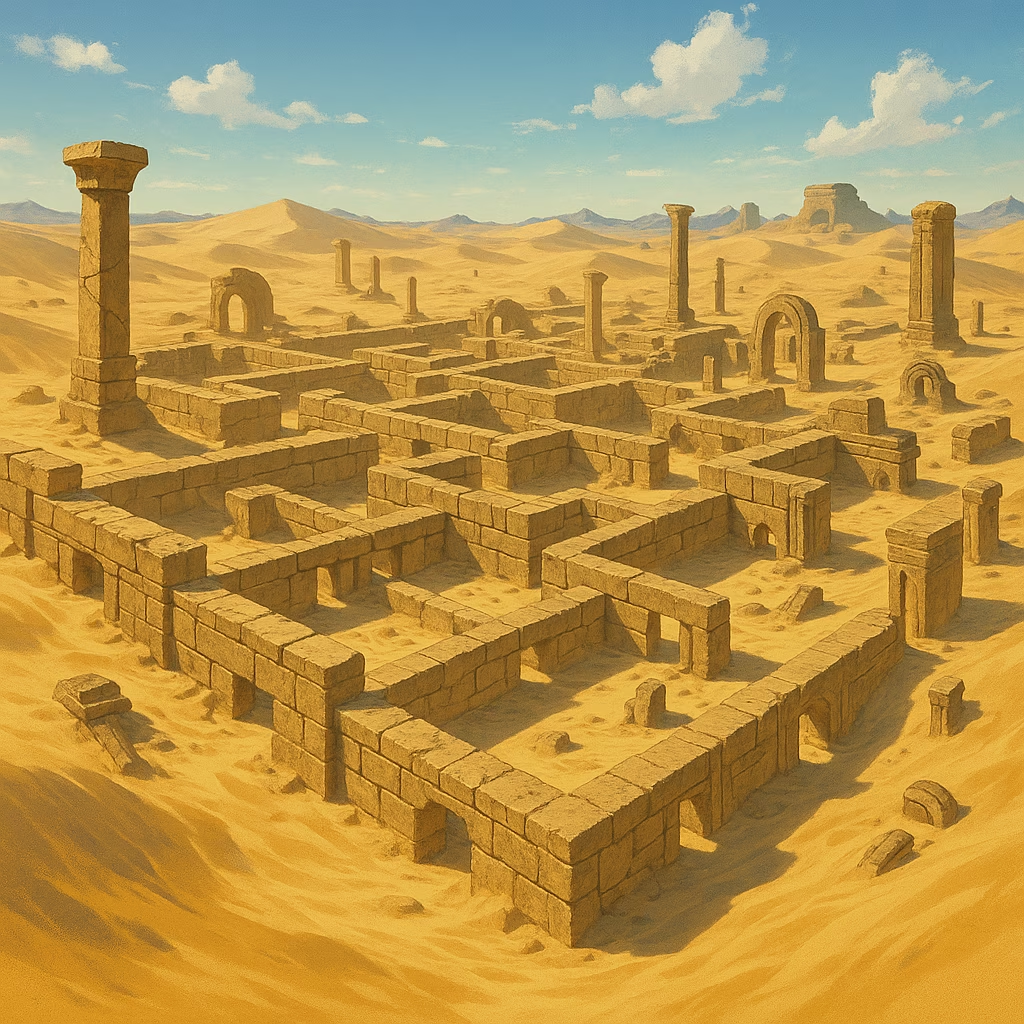A Poetic Odyssey Through Detective Conan's Enigmatic World
Discover the captivating world of Detective Conan, a timeless mystery saga blending brilliant deduction, compelling characters, and enduring legacy in the anime universe.
As I step into the shadowy alleys of Detective Conan's universe, I am drawn into a labyrinth of mysteries, where every clue is a whisper from the past and every revelation a thunderclap of truth. The air hums with the scent of intrigue, like ancient parchment unfurling in a moonlit library, and I feel the pulse of a story that has captivated hearts for decades. Here, the brilliance of deduction weaves through the mundane, transforming ordinary moments into extraordinary puzzles. I wander through this realm, where justice dances on the edge of a razor, and the echoes of Gosho Aoyama's creation resonate like a timeless melody in my soul. Detective Conan is not just a tale; it's a living, breathing entity that mirrors our own quest for meaning in a chaotic world—a world where a high school detective's fall becomes an ascent into legend.
The Genesis of a Masterpiece
Born from the mind of Gosho Aoyama in 1963, in the quiet town of Daiei, Tottori, Japan, Detective Conan emerged as a beacon in the anime landscape. Like a phoenix rising from ashes, it first graced the pages of Weekly Shonen Sunday in 1994, a debut that felt like the first stroke of a painter's brush on a blank canvas. By 1996, it soared onto TV screens, and a year later, the first movie unfurled its wings. This journey, spanning over 30 years, is a testament to endurance, much like a lone tree weathering countless storms yet standing tall.  The manga and anime have become cultural pillars, known as Case Closed in North America but forever etched as Detective Conan in global hearts. Its longevity defies time, akin to an ever-burning star in the cosmos, illuminating the path for generations of fans.
The manga and anime have become cultural pillars, known as Case Closed in North America but forever etched as Detective Conan in global hearts. Its longevity defies time, akin to an ever-burning star in the cosmos, illuminating the path for generations of fans.
The Heart of the Story: Shinichi Kudo's Transformation
At the core lies Shinichi Kudo, a 17-year-old prodigy hailed as "the Savior of the Japanese police" and "the Heisei Holmes." His brilliance, sharp as a scalpel in a surgeon's hand, was his downfall when he witnessed a crime by a shadowy organization. Poisoned and shrunk to a 7-year-old, he became Edogawa Conan, hiding his true identity like a chameleon blending into foliage. Now, he lives with Rachel Moore (Ran Mouri) and her father, Kogoro Mouri, a detective known as "Sleeping Kogoro" for his comical slumbers during cases. Conan's dual life is a tightrope walk over an abyss—solving mysteries while seeking a cure and unraveling the dark web that ensnared him. This narrative arc flows like a river carving valleys, relentless and deep, symbolizing resilience in adversity.
Key Characters: A Tapestry of Souls
-
Edogawa Conan (Shinichi Kudo): The boy detective, whose mind is a labyrinth of logic. His catchphrase, "There is always just one truth!" echoes like a mantra.
-
Ran Mouri: Shinichi's childhood friend, a beacon of warmth and beauty. Her loyalty is unwavering, much like a lighthouse guiding ships through fog.
-
Kogoro Mouri: Ran's father, whose "sleeping detective" persona adds humor, yet beneath lies a keen, if unwitting, observer.
-
Kaitou Kid (Kaitou KID): The enigmatic thief, stealing jewels with flair. He mirrors Conan's intellect, dancing on the edge of morality like a phantom in the night.
-
The Dark Organization: Villains including Gin, Vodka, Vermouth, Chianti, and Korn. Their presence is a creeping vine, choking light from the world.
-
Detective Boys: Yoshida Ayumi (Yoshida step), Kojima Genta (PVI island), and Mitsuhiko Tsuburaya (Round Valley), along with Haibara Ai (Miyano Shiho), the scientist who created the poison and now shares Conan's plight. Haibara's journey from darkness to redemption is a fragile butterfly emerging from a cocoon.
The Enduring Legacy and Themes
Detective Conan transcends mere entertainment; it's a philosophical exploration of truth, identity, and justice. Since its 1994 inception, it has sold millions, with TV episodes and movies continuing to debut. In 2025, its relevance persists, tackling modern mysteries with timeless wisdom. The series weaves themes of sacrifice—Conan's hidden identity to protect loved ones—and hope, as seen in Vermouth's conflicted soul, who calls Ran "angel" and secretly shields them. This duality reflects our own world, where light and shadow coexist. Detective Conan is a cultural phenomenon, enduring like an ancient tree whose roots run deep into the collective consciousness.
People Also Ask
- What is Detective Conan's real name?
Shinichi Kudo, a high school detective transformed into Conan after being poisoned.
- Who created Detective Conan?
Gosho Aoyama, a Japanese manga artist born in 1963, who serialized the series starting in 1994.
- Why is Detective Conan called Case Closed in some regions?
To appeal to Western audiences, the title was changed for North American releases, though it remains Detective Conan globally.
- Is there a cure for Conan's condition?
In the story, Conan seeks a cure while battling the dark organization, adding suspense to his journey.
- What role does Haibara Ai play?
As Miyano Shiho, she invented the poison and now aids Conan, symbolizing redemption and alliance in adversity.